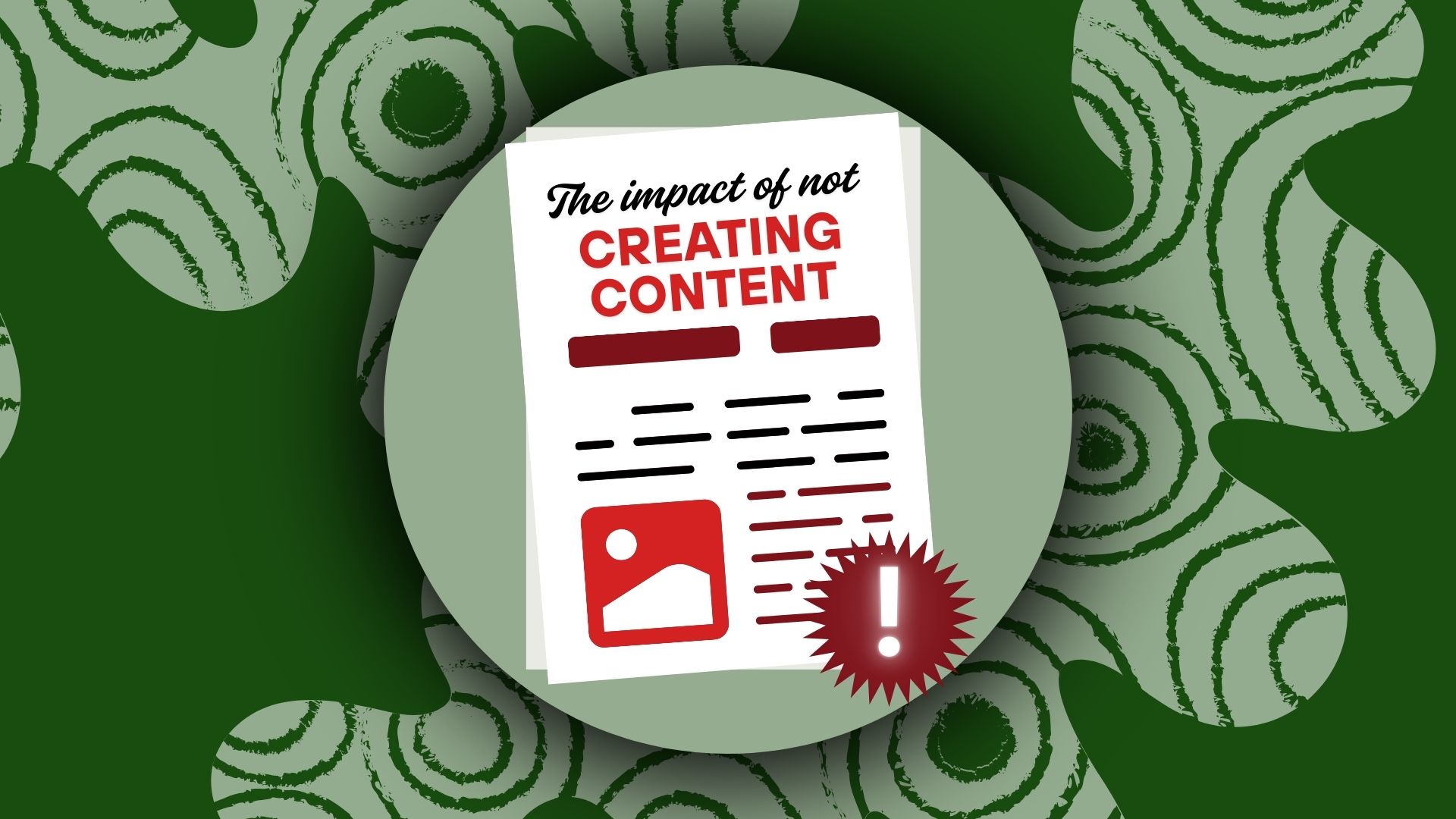
Competitor Content Audits: What Are They and Why Do We Conduct Them?
October 10, 2025 Posted by Maisie Lloyd Round-Up 0 thoughts on “Competitor Content Audits: What Are They and Why Do We Conduct Them?”What is a competitor content audit?
A competitor content audit analyses the various competitors of a business to measure their performance and output to create a better-informed content marketing strategy.
A competitor content audit will analyse all the content of a competitor’s website, whether that’s service or product pages, the home page, or their blog. It evaluates the quality of the content by assessing its relevance, usefulness, and uniqueness. This is then compiled into tangible optimisations and recommendations.
Why do we do competitor audits?
Competitor content audits allow us to create a data-informed content strategy by identifying areas for opportunity and growth. This ensured that your business keeps up with and eventually propels past competitors by learning from their failures and accomplishments.
We look for:
- The topics covered
- The length and structure of the content
- The formats used
- The quality of assets/ if assets have been used
- Content performance
- What type of search intent does the content cater to
How to do a competitor content audit
1. Finding competitors
Establishing your competitors is ground zero, then you build up. You can figure out who your competition is in a couple of different ways. The first is through search. For instance, if you’re a furniture shop, you’d look at established brands selling the same products, as well as more local competitors.
The second route is to survey the public to get a consensus about preferred brands for your specific industry. If you’re already established and have found you’ve lost a customer, follow up and find out with whom they’ve opted with.
Using review platforms to identify the audience perception of brands, i.e Trustpilot, Yelp, and Tripadvisor.
2. Competitor analysis tools
Utilising competitive analysis software is what elevates your evaluation, utilising data to accurately depict the successes and pitfalls of competitors’ content. We utilise tools like SE Ranking, Crunchbase, and Ahrefs. These tools quantify success through metrics like traffic volumes, keyword tracking, automating the tracking process and making identifying trends simpler.
SE Ranking
An all-in-one SEO platform that streamlines features like tracking keyword ranking against competitors, assessing page performance, performing backlink analysis, and monitoring any changes like new page launches.
Ahrefs
Ahrefs is another leading SEO intelligence platform, allowing marketers to undertake backlink analysis, rank tracking, site audits, content exploration, along competitor analysis.
Crunchbase
Crunchbase is essentially a database of businesses with predictive intelligence capabilities by compiling numerous sources to paint a picture of a company’s performance. Its interface contains a growth score, insight signals and growth predictions, which can be great for identifying competitors gaining momentum.
3. Comparative analysis to identify opportunities
Once you’re set up on your competitor analysis tools, it’s time to begin analysing the data, tracking against their keywords, and assessing the quality and volume of their backlinks.
Data is super telling, so if competitors are ranking poorly for shared keywords, there’s an opportunity for you to surpass them by optimising for that particular keyword. Unfurl your competitors’ strategies through the data. Once you identify their successes, look at the content on their site and make a note of why it is performing.
4. Outlining the next steps
Once you’ve painted a picture of what is and isn’t working for your competitors, you can apply those findings to your content performance. Establishing areas where you can improve your content, increase your output and achieve the goals your business has set out to reach.







![1[1]](https://www.intelligencygroup.com/wp-content/uploads/2025/06/11.png)





